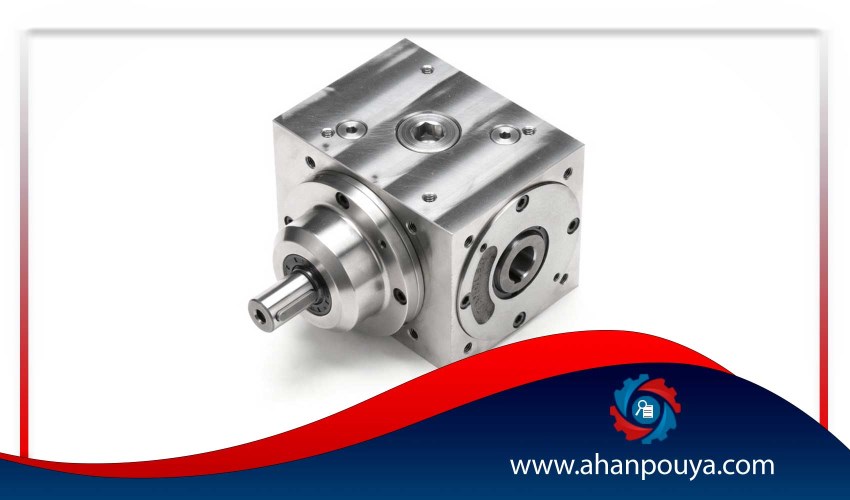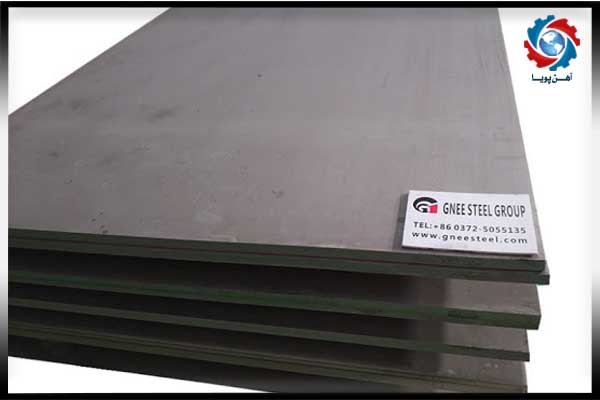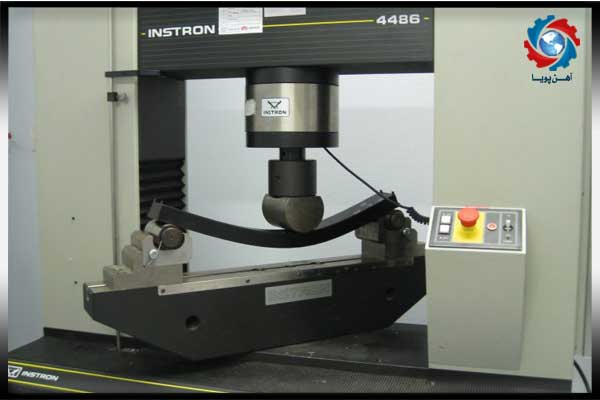
Maraging steel is one of the most advanced alloys in the field of metallurgy, known for its unique combination of exceptional strength, outstanding toughness, and high corrosion resistance. These features make Maraging steel an unrivaled choice for sensitive and strategic industries such as aerospace, medical equipment, industrial mold-making, and military applications.
In this article by Pouya Exports, we present a comprehensive overview of the composition, properties, applications, production methods, and the advantages and disadvantages of Maraging steel.

Maraging steel was first introduced in the 1960s by the International Nickel Company (INCO). The primary goal of developing this steel was to create materials with extremely high strength while still being machinable before final heat treatment.
The name "Maraging" is a combination of "Martensite" and "Aging," referring to its metallurgical structure and hardening process.
:Maraging steel consists of the following elements
Iron (Fe): Base metal
Nickel (Ni): Approximately 17–19% to enhance toughness
Cobalt (Co): Between 8–12% to improve strength
Molybdenum (Mo): 3–5% to increase wear resistance and hardness
Titanium (Ti) and Aluminum (Al): Minor amounts to form hardening precipitates
This composition initially creates a soft and ductile martensitic structure, which becomes significantly hardened after the aging process

Maraging steel boasts a set of remarkable properties:
Extremely high tensile strength (up to 2400 MPa)
Excellent toughness, even at low temperatures
Very high resistance to corrosion and stress corrosion cracking
Good weldability without the need for preheating
Easy machinability before aging
High resistance to wear and fatigue
Excellent surface polishability
Due to its exceptional properties, Maraging steel is used across a wide range of industries:
Manufacturing durable and resistant surgical tools
Fencing blades for their strength and flexibility
Heavy-load industrial roller bearings
High-pressure hydraulic tubing
Industrial molds for plastic injection and forging
Aircraft and aerospace components (shafts, gears, airframe parts)
Precision industrial tools (pistons, punches, clutch plates)
Production of military bodies and strategic components
Use of Maraging Steel in Tool and Die Manufacturing
The application of Maraging steel in the manufacturing of molds and industrial tools is widespread due to its outstanding mechanical properties. Key products made from this steel include:
Plastic injection molds
Cold and hot forging dies
Pressure vessels
Carbide molds
Index plates
Various precision gears
Industrial pistons
Heavy-duty shafts
Punches and extrusion tools
Specialized clutch plates

Vacuum Melting and Casting (VIM and VAR)
Initially, alloying elements are melted under vacuum conditions through Vacuum Induction Melting (VIM).
Subsequently, the produced ingots are refined through Vacuum Arc Remelting (VAR) for purification.
Aging Process
In this method, the steel is heated to a specific temperature (480–500°C) to form intermetallic precipitates (such as Ni₃Ti), significantly increasing its strength.
Hot Rolling and Forging
The produced ingots undergo hot rolling and forging processes to improve shaping and structural uniformity.
Annealing and Homogenization
Through annealing operations, the microstructure of the steel is optimized, and alloying elements are more uniformly distributed.
With Cobalt (Grades 200, 250, 300, and 350)
Without Cobalt (Grades 200, 250, and 300)
Developed by removing cobalt and replacing molybdenum with tungsten, resulting in lower production costs while maintaining mechanical properties
.Attempts to replace nickel with manganese have been unsuccessful, leading to coarser and softer steel structures
Extremely high strength and hardness
Excellent machinability before aging
Good corrosion resistance
Outstanding performance at low temperatures
High production cost compared to conventional steels
Requires precise aging process
Susceptible to long-term exposure in highly corrosive environments
Maraging steel exhibits very good corrosion resistance. Studies have shown that it can withstand exposure to seawater for up to three days without fracturing.
The tensile strength of Maraging steel typically ranges between 1240 and 1720 MPa. However, continuous exposure to highly corrosive environments can cause fine cracks after approximately six months.
Thanks to its exceptional combination of strength, toughness, machinability, and corrosion resistance, Maraging steel is considered one of the most important industrial .alloys in the world
With years of experience in the production and export of specialized steels, Pouya Exports is ready to collaborate with various industries to supply high-quality Maraging steel at competitive prices
.For more information or to place an order, please contact the Pouya Exports sales team

Ahan Pouya with more than a decade of best-selling experience, adheres to professional and ethical principles in the field of selling and buying at inside and outside the borders of Iran, helping you in the steel industry.